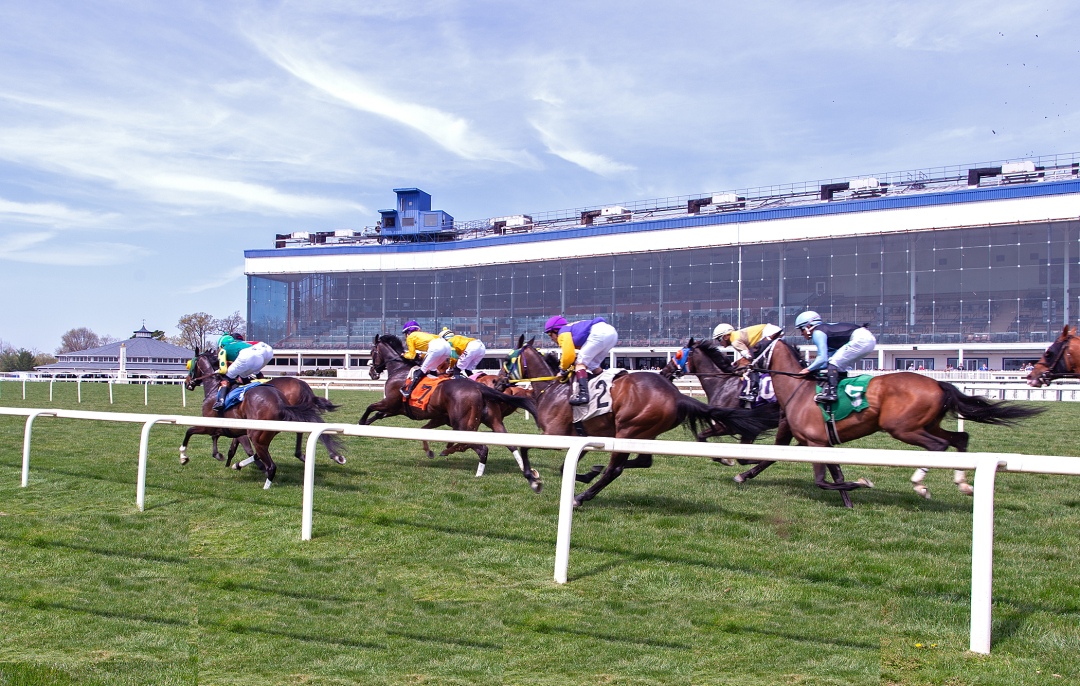Under new management for the first time in decades, Laurel Park in Maryland started off slowly this year, according to a handle analysis conducted by Daily Racing Form, but wagering figures skyrocketed over the last three weeks of its meet.
Now being run by the Maryland Jockey Club, a state-owned nonprofit, the Laurel Park meet got off to an incredibly slow start in 2025, with average per-race handle figures declining nearly 14 percent through mid-April, according to the analysis. But the trend reversed once Laurel opened its turf course on April 18, with the track setting a handle record of $5.54 million on April 19 for its inaugural Preakness Preview Day. Per-race handle jumped 29.7 percent over the next three weeks compared to the same period in 2024.
The Maryland Jockey Club took over operations of Laurel Park this year from 1/ST Racing and Gaming, which deeded Pimlico to the state last year as part of a legislative package that will eventually see all racing consolidated at Pimlico. Laurel Park is still owned by 1/ST, but the Maryland Jockey Club took over its operations at the beginning of the year.
Unlike last year, Laurel had a two-week break to start the 2025 calendar year, and when it returned to racing in January, the track only raced on Saturdays and Sundays, rather than a Friday-Sunday schedule. Depressed handle numbers throughout January and February – which featured extended periods of wintry weather – were causing the track’s new executives to search for answers.
:: Get ready for the Preakness with DRF past performances, picks, and betting strategies!
Bill Knauf, the longtime Monmouth Park executive who took the head racing position at the MJC at the end of last year, said earlier in the meet that track officials had no clear answer for the wagering drop-off, aside from the change in schedule and rough winter. The track’s simulcast network had no significant drop-outs compared to 2024, Knauf said.
But the figures began to stabilize in March, when the track began attracting more horses to its races. In April, the figures exploded, in no small part due to an average field size of 8.23 horses per race from the start of turf racing to the end of racing on May 4, compared to an average of 7.09 horses per race during the same period in 2024.
“Once we turned the corner in the spring, we had a lot of horses show up in the barn area,” Knauf said. “We certainly put a big emphasis on the Preakness Preview Day in our marketing, but we weren’t expecting the number we did at all. And then I think a lot of bettors’ eyes were opened to the product we were putting out after that.”
Average handle per race since the turf course opened April 18 has been $316,144, a 56 percent increase over the $201,497 per-race handle prior to that date this year, according to the analysis. For the year, total handle on Laurel’s races has been $87.3 million, well short of the $110.5 million handle last year for the 2024 Laurel winter-spring meet. But last year’s figures were for 49 race days and 469 races, compared to 43 race days and 386 races this year.
Racing will return to Laurel on May 23 and continue until the end of June, when the track will take a two-month break worked out with Colonial Downs in Virginia, which will run 47 dates this year stretching over 12 weeks, mostly in July and August. After a short fair meet at Timonium in late August, live racing will start up again on Sept. 1 at Laurel, running through the end of the year.
“Hopefully, the last three weeks have shown that we’re moving forward,” Knauf said.
:: Want to learn more about handicapping and wagering? Check out DRF's Handicapping 101 and Wagering 101 pages.

